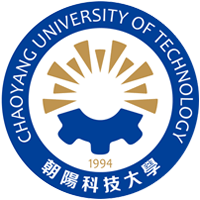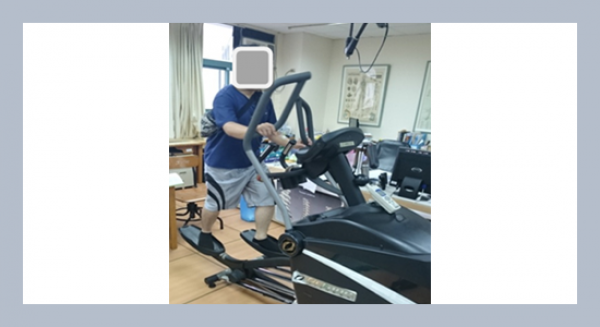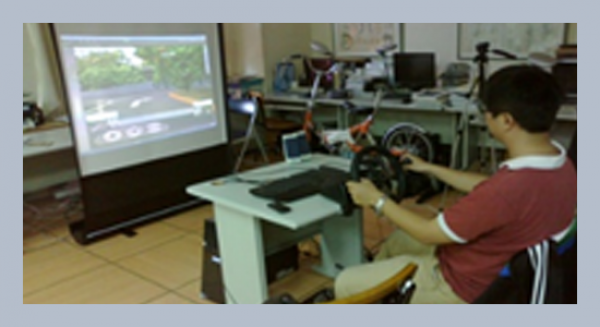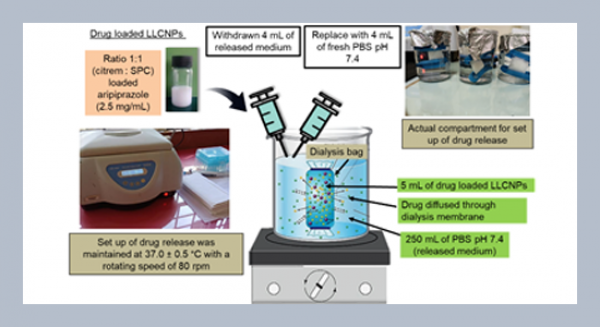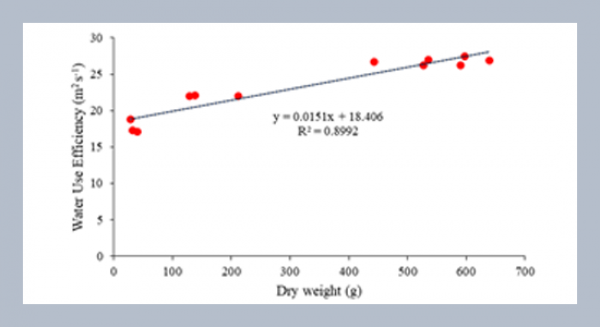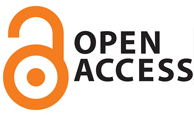Sreekanth M1,2, Feroskhan M2*, Gobinath N2, Govindarajan Lakshmana Rao3, Nazaruddin Sinaga4 1 Electric Vehicle Incubation, Testing and Research Center, Vellore Institute of Technology Chennai, Vandalur-Kelambakam Road, Chennai 600127, Tamil Nadu, India 2 School of Mechanical Engineering, Vellore Institute of Technology Chennai, Vandalur-Kelambakam Road, Chennai 600127, Tamil Nadu, India 3 University of Technology and Applied Sciences Suhar, Sultanate of Oman 4 Mechanical Engineering Department, Engineering faculty of Diponegoro University, Semarang, Indonesia
Download Citation:
|
Download PDF
The world is aiming to shift to electric vehicles by year 2030 and one of the hurdles in the path is thermal management in the battery, motor and cabin. Even though there are several cooling methods available, their choice for a particular application may not be thermodynamically efficient. This study aims to thermodynamically evaluate the performance of popular cooling methods. A simulation and second law analysis of three different thermal management schemes meant to be applicable to electric vehicles has been presented in this paper. For the first time, the requirement of the passenger cabin, battery as well as motor cooling has been included in the study. The study is conducted aiming at a typical passenger car to be operating in tropical conditions with a lithium-ion battery capacity of 30 kWh and motor power of about 96 kW. Air cooling (Scheme 1), and its combinations using refrigerant (Scheme 2) as well as ethylene glycol (Scheme 3) are considered to evaluate the performance of the thermal management using the first and second laws of thermodynamics. The performance also is evaluated using two different refrigerants namely R1234yf and R134a. The models are formulated using a flow sheeting software package and several thermodynamic properties are evaluated and presented. The energetic and exergetic Coefficient of Performance (CoP) is found to be maximum for the scheme 1 while the exergy destruction is maximum for the motor in schemes 2 and 3. Among the major components, the condenser has the least amount of exergy destruction. Overall, most of the exergy is destructed in scheme 1 while that in schemes 2 and 3 is almost identical.ABSTRACT
Keywords:
Battery cooling, Electric vehicle thermal management, Exergy analysis, Motor cooling.
Share this article with your colleagues
REFERENCES
ARTICLE INFORMATION
Received:
2021-11-30
Accepted:
2022-05-08
Available Online:
2022-08-03
Sreekanth, M., Feroskhan, M., Gobinath, N., Rao, G.L., Sinaga, N., Comprehensive exergy analysis of thermal management of cabin, battery and motor in electric vehicles. International Journal of Applied Science and Engineering, 19, 2021520. https://doi.org/10.6703/IJASE.202209_19(3).002
Cite this article:
Copyright The Author(s). This is an open access article distributed under the terms of the Creative Commons Attribution License (CC BY 4.0), which permits unrestricted use, distribution, and reproduction in any medium, provided the original author and source are cited.
